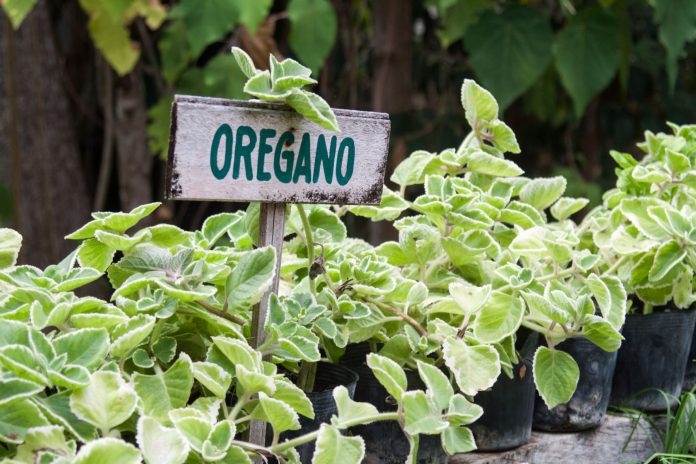<
Before you plant those homegrown seedlings or fragrant plants from the UCCE Master Gardeners’ Spring Garden Market (Saturday, April 16 at History Park in San Jose), do you have what it takes to make your garden successful?
<
Do you have the right growing conditions?
<
All summer vegetables require these basics: good soil texture and nutrients; at least six to eight hours of sunlight each day; enough room to grow to full width and height; and consistent soil moisture.
<
Check your planting area early in the morning, midday, and late in the afternoon. How many hours of direct sunlight does it get? Avoid planting on the north side of fences, or near bushes and trees that will shade the plants.
<
Start with really good soil. Squeeze a handful of soil from where you intend to plant. Does it crumble easily (good), or does it stay in a wet lump (needs improvement)? Most of our Santa Clara County soils have a high clay content, meaning it drains poorly and retains little air. You may need to dig in a 3- to 4-inch layer of compost to improve texture and drainage. For a new raised bed, invest in good planting soil that includes organic compost and slow-release fertilizer.
<
Plants need elbow room to develop healthy root systems and branches. Shallow-rooted plants like lettuce, onions, and radishes can grow in 6 to 12 inches of soil, while beans, peppers, squash, and tomatoes can send roots down a foot or more. A 6-inch tomato seedling can grow into a 4-foot-tall, 2-foot-wide plant. Cucumbers and squash like to sprawl. Corn and sunflowers will cast shade on anything to their north. Read the backs of seed packets to learn the size of mature plants. Always plant the tallest at the north end of the garden.
<
Use this table to figure out how many of each plant will be right for your space and needs: http://bit.ly/1pAoWz8.
<
What do you like to eat?
<
Basic rule of thumb: no matter how attractive it is, if neither you nor your family will eat it, or you don’t have the time or space for canning and freezing, don’t plant it! Once you have a realistic idea of how much your garden will hold, plant what you enjoy eating, both fresh off the plant and out of a jar or freezer bag in the winter. Most popular vegetables are annuals, meaning you can plant and harvest in the same season or year, but a few, like asparagus, require two to three years of growth before harvest.
<
A kitchen garden provides a great opportunity to introduce children to the wonderful flavor of really fresh food. A young carrot straight from the garden or a sun-warmed cherry tomato can make even a picky eater smile.
<
How will you keep things growing?
<
Garden vegetables are not drought-tolerant—they need consistent water. Plan to drip irrigate or hand-water the garden one to three times a week, preferably early in the morning. Keep the soil moist just beyond the bottom of the root system, and spread mulch on the soil surface to slow down surface evaporation. The easiest test for soil moisture is to stick your finger or hand gently in the soil next to the plant.
<
Most California soils are naturally low in nitrogen. When the plants are about 4 inches tall, or have been in the soil for a couple of weeks, feed the soil with a nitrogen fertilizer, such as diluted fish emulsion, according to directions on the container. Each month, add a compost side dressing a few inches from the plant’s stem, gently dig it into the soil, and then irrigate. Compost adds nutrients into soil while mulch on top of the soil can control weeds and conserve moisture. The California Garden Web offers reliable advice on organic vs. inorganic fertilizers: http://bit.ly/2277D6V.
<
Keep an eye on good and bad garden visitors. Lady beetles are welcome guests that help keep aphids—unwanted sap-sucking pests—under control. Consult the University of California Integrated Pest Management site to identify pests and learn how to control them: http://bit.ly/1QL2IF1.
<
Jenny R. Redfern is a Santa Clara County master gardener. Call the group’s hotline at (408) 282-3105, Monday through Friday from 9:30 a.m. to 12:30 p.m., or visit https://www.mastergardeners.org/ask-a-question for help with your garden problems.








